Vegetables are a vital element of the human diet. Every year, millions of Americans engage in vegetable growing at home. It’s possible to get numerous rewards from gardening with only a little space, some inexpensive equipment, and some enthusiasm for helping nature along. A little ground area can become a bountiful garden with careful planning and maintenance.
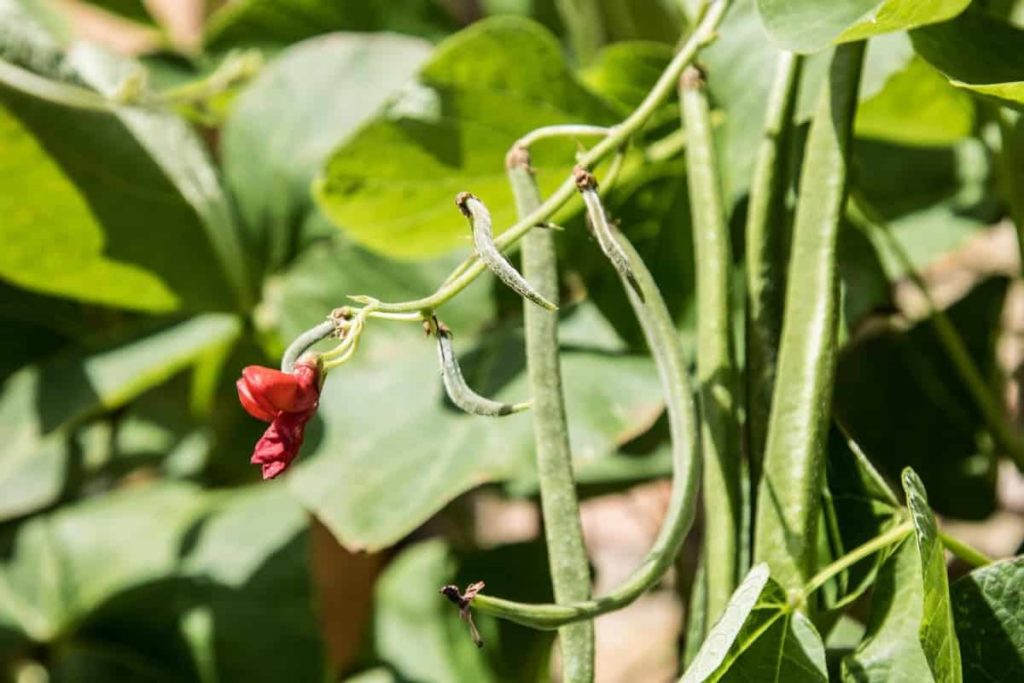
Home gardeners tend to agree that the best-tasting veggies are the ones that have just been picked, cooked, and eaten after being grown.Below we learn about the Ohio planting calendar, when to grow vegetables in Ohio, Ohio planting schedules according to their planting zones, the planting zones of Ohio, and different seasonal plantings for Ohio gardens.
Ohio vegetable planting calendar
When should I start planting in Ohio?
Fall gardening in Ohio
The fall is the best time to plant bulbs like daffodils, hyacinths, tulips, and alliums so they can blossom in the spring. Fall bulbs can be planted from the end of September to the beginning of December. You should plant the bulbs before the first frost. Cooler temperatures are required for flower bulbs to blossom in the spring. You should put the bulbs in a spot with at least some sun. They need to be planted in a spot with soil that drains properly.
Wet soil can cause the bulb to decay. When planted in dense clusters, spring bulbs provide a breathtaking display. Dig a hole, place the bulbs in it, and then fill it up around them. Planting depth should increase proportionally with bulb size. Plant them at least 6 inches deep to stop rodents, such as squirrels, from uncovering them. Temperatures drop, and precipitation rises in the autumn. This is ideal growing weather for seedlings, giving them time to spread their roots before the soil freezes.
In case you missed it: Top 43 Kitchen Garden Ideas for Beginners: That Every Gardener Should Know
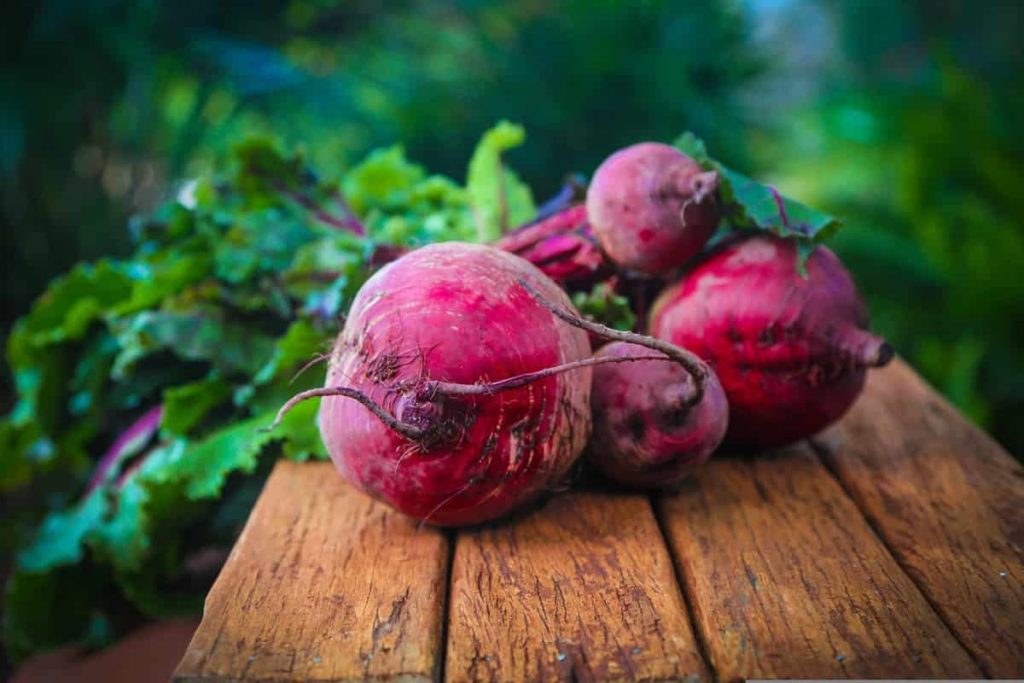
Once they’ve taken root, you can expect them to blossom the following spring. It’s essential to plan out a tree or shrub’s eventual home before you plant it. Think about the plant’s light, moisture, and soil type needs. Future design considerations should also be given due weight. The plant’s eventual scale should be considered, and enough room should be provided for its development.
Planting cool crop veggies in early fall allows for a second harvest. The key to a successful autumn vegetable harvest is timing your planting and picking around the first frost. Midway through October is often when the first frost hits Ohio. Depending on your chosen crops, planting seeds for an autumn garden could begin as early as July or August. Spinach, lettuce, beets, cabbage, kale, and broccoli are the state of Ohio’s greatest alternatives.
Spring gardening in Ohio
To make the most of the growing season, it is best to begin planning for your garden in the spring. First, it’s crucial to consider your garden’s location, light exposure, moisture level, and soil type while designing it. In a shady environment, you wouldn’t want to plant a garden full of veggies that would wilt without direct sunlight. You’ll also want to evaluate how much room plants require to attain their full potential. An overloaded garden will not give the finest crop. It’s essential to plan out your garden’s layout and choose the right plants.
There is a great deal of clay in the soil in central Ohio. Beneficial elements are still present in this clay; it simply needs to be pulverized. You can prevent your garden from becoming waterlogged by combining soil with a small amount of sand. Mixing compost into your garden’s soil in late winter will help improve the soil’s nutritional content and loosen the clay so you can plant in the spring.
The season’s first and final frost date determines the optimal time to plant. Some plants can be planted in the spring before the final frost, while others must wait until weeks later. You can begin starting several types of hardy vegetable seeds inside right now and then transplant them outdoors as early as April. Spinach, kale, peas, and carrots are excellent options for a garden planted in the early spring.
Tomatoes, melons, and peppers are best planted outside in late May or early June. Other crops, such as maize and beans, are better planted a few weeks after the last frost. In many cases, planting herbs in early spring before the final frost is optimal. It’s possible to grow herbs like dill, parsley, chives, and thyme in April. Start herbs inside to beat the heat. After frost, plant basil, cilantro, and rosemary. Herbs in containers can be carried indoors for a year-round supply.
Winter gardening in Ohio
Most houseplants see a decrease in growth rate when the days become shorter in the winter. Hold off on other fertilizer and watering until new growth begins in late April or May. Unless the soil feels dry, most plants shouldn’t be watered. Give it a good soaking, then give it another good soaking till water runs out of the saucer. Water left in the saucer for more than an hour will damage the plant’s roots.
Avoid drowning your plant by removing extra water with a baster if you can’t raise it to the saucer. When soil is removed from the edge of the container, it indicates that not enough water is reaching the roots. It would be difficult to re-water the soil by pouring enough water from above. Therefore, it is best to soak the container in a sink or bathroom and drain it well.
Keep insecticides in a cool, dry place that is out of the reach of children and pets. Put the paper (cardboard) container containing the pesticide inside a plastic one and make sure it is tightly sealed. Always double-check the seals and labels on any canned goods and bottles. Liquid insecticides should be stored where the temperature will not drop below 40 degrees Fahrenheit. The chemical can break down if the temperature is too low.
In case you missed it: How to Start Home Gardening in Asia: For Indoors, Outdoors, Raised Beds, Backyards, Terrace, Pots, and In Containers for Beginners
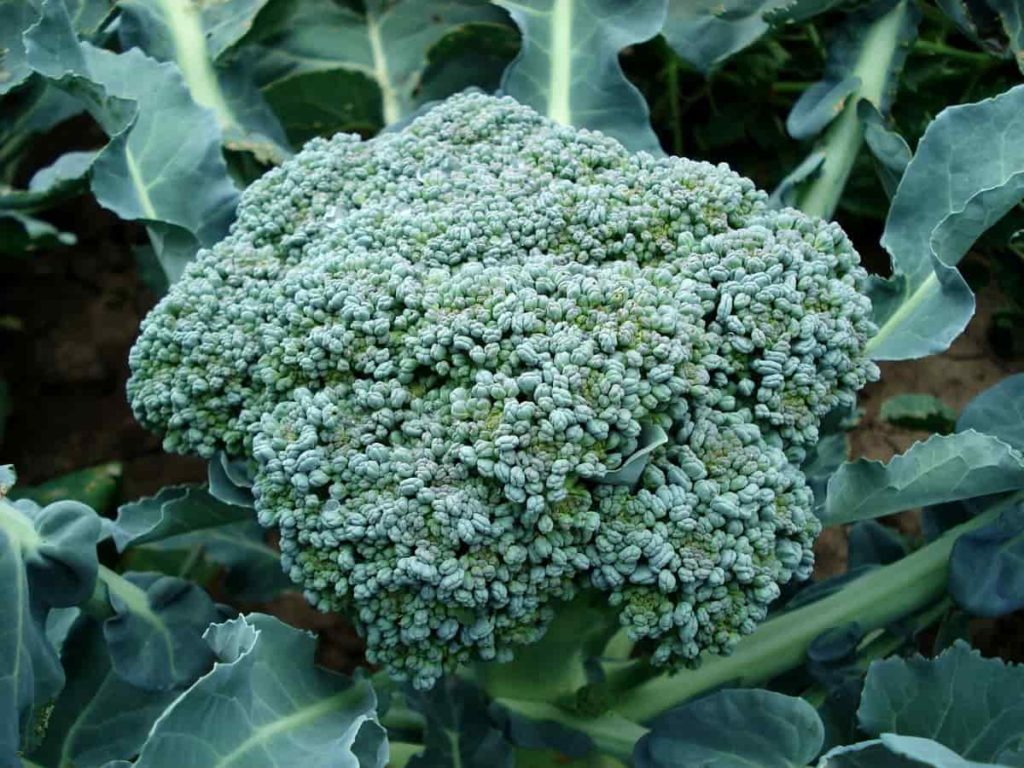
There is a risk that chemical storage area contamination will occur if the liquid freezes within the container. Until the ground freezes, water your landscape’s evergreens deeply once a week if there is a lack of autumn precipitation. Sending plants into winter with plenty of water helps prevent leaf damage. Broadleaf and delicate evergreens should be sheltered on the south and southwest sides to prevent water loss and foliage damage.
Summer gardening in Ohio
There is still time to plant in June. Since it is now warm, almost any plant can be planted and quickly flourish. Spread mulch throughout, keeping the soil cooler and more uniformly wet and weeds at bay. It’s also really attractive. Asparagus, broccoli, cabbage, green onions, leaf lettuce, rhubarb, and strawberries are all ready to be picked this month. Maintain appropriate water and rainfall record. Install timed drip irrigation for your hanging baskets and plants, kick back, and relax. Put fertilizer down as required.
Transplanting your houseplants to a shaded, sheltered outdoor spot will stimulate new growth. Cut off spent flowers from annuals and feed the soil to promote new blooms. Perennials that will bloom in the spring should be divided right now. If you want your spring-flowering shrubs to branch out and produce a bumper crop of blooms the following year, you’ll need to do some pruning in early June. Deadhead them if you want better blooms from your Rhododendrons and Azaleas next year.
Hedgerows should be pruned by cutting down the new, straggly growth to provide a neat look. You can create bushel basket-sized plants of blooms in the autumn by pinching back the tops of your mum plants to promote branching. When mulching, remember to avoid covering plant tops. Don’t go above a 2-inch layer of mulch. Mulch that is too thick can trap water and suffocate plant roots, preventing them from receiving the nutrients and oxygen they need to flourish.
The spray and dust programs for fruit trees, roses, and vegetables should be maintained. Be sure to read and strictly stick to all label directions for maximum safety. Keep an eye on the garden for any signs of pests or diseases. More watering will be required if it rains less than an inch each week, particularly for freshly planted or transplanted objects. A single, gradual, deep watering once a week yields considerably better results than several shallow waterings.
If you can’t water first thing in the morning, attempt to schedule it such that the leaves are dry before evening. Many leaf diseases can be avoided in this way. We need to mulch the whole yard! Mulches keep the soil at a more consistent temperature, keep the soil wet, and suppress weed growth. That’s a plus since it helps save water. Deadhead annual and perennial flowers cut off vegetable plant seed stalks and eliminate weeds before they produce seeds. This is the final month to fertilize your rose bushes, trees, shrubs, and perennials.
Don’t forget to provide fertilizer to the asparagus. When necessary, spraying fruit trees, flowers, and vegetables should continue. Keep an eye out for issues. Put chemicals to use ONLY as instructed. Examine the product’s label to see how many days must pass between application and harvest if the time of year has arrived. Plant lettuce, green onions, carrots, and spinach for a harvest later in the season.
Starting seeds indoors in Ohio
Seeds for cool-season crops can be planted outside in March and April if the soil drains adequately. Lettuce, kale, beets, celery, spinach, onions, garlic, cilantro, chives, mint, peas, and potatoes are a few of the crops that fall under this category. When planting outside, wait until the middle to end of May if the soil temperature your seeds need is 65 degrees or above. Many common plants fall into this category.
In case you missed it: Tips to Start a Goat Farming Business: Check How this Guide Helps Beginners
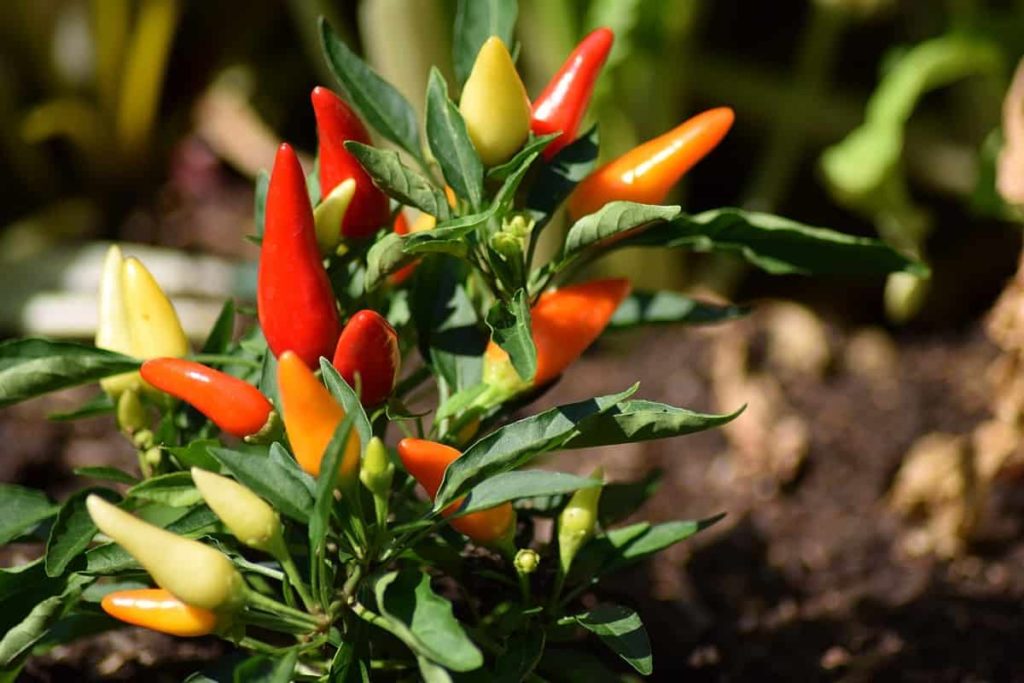
Some examples are basil, tomatoes, broccoli, peppers, parsley, cabbage, cauliflower, pumpkin, rosemary, thyme, oregano, cucumber, squash, melon, maize, and annual flowers. In zone 6b, you can sow these seeds inside pots for four to six weeks before you plant them outside. When beginning seeds in preparation for transplanting them later, working with a sterile seed-starting mix is essential to protect the young plants against fungal diseases such as damping off.
Most plants can be grown successfully without a dedicated garden space. Many veggies can be grown in containers or raised beds, even if you don’t have a traditional garden space. Having the soil warm up faster is a great benefit of growing in containers or raised beds.
When can you plant tomatoes in Ohio?
Tomatoes thrive in Ohio’s climate, and the state was once the nation’s second-best processor of fresh tomatoes. The gardeners of Ohio also produce many tomatoes for the fresh food market. Tomatoes are warm-season plants, so don’t put seeds in the ground until the last frost date has gone unless you have a strategy to shield them from the cold. Typically, the day falls on May 20 in Ohio.
Planting times in southern Ohio are typically one to two weeks sooner than in northern Ohio, which plants a week later. The date may not indicate the last day frost might affect your garden. Frozen ground is still possible today, with probabilities hovering around 50%. Each week after this date, the likelihood of a frost occurrence decreases by 10%.
Tomatoes are quite sensitive to low nighttime and high daytime temperatures, making air temperature a crucial component in their cultivation. When daytime highs get over 65 degrees Fahrenheit and nighttime lows remain below 55 degrees Fahrenheit, blossom drop can occur in early spring. When daytime temperatures exceed 90 degrees Fahrenheit and nighttime temperatures exceed 75 degrees Fahrenheit; this occurrence will also occur throughout the summer.
When can I plant perennials in Ohio?
Perennials, shrubs, and trees can be planted whenever the ground is usable, meaning not frozen and the weather is above freezing since spring and autumn planting is preferable alternatives to the less than ideal summer planting season. While adding new vegetation in the spring is OK, autumn is ideal.
As the ground thaws and rains return spot ring, soil moisture levels rise above normal. Root rot and air compaction brought on by excess moisture are two factors that can lead to plant death. In addition, the high temperatures of summer can harm plants that have only had a few months to develop their roots if planted in the spring.
Planting calendar for Ohio State
Below is the vegetable planting calendar for respective zones of Ohio state.
| Vegetables | Zone 5 | Zone 6 |
| Beans | Mid May to Sep | May to mid-Oct |
| Beets | Apr to June, Mid July to Mid Oct | Mid Mar to June, Mid July to Mid Oct |
| Broccoli | Mid-march to June, July to Oct | March to mid-June, mid-July to Oct |
| Brussel Sprouts | April to Oct | May to Oct |
| Cabbage | Mid Apr to Oct | May to Oct |
| Carrots | Apr to June, Aug to mid-Oct | Apr to June, Aug to Oct |
| Cauliflowers | Mid Apr to mid-Oct | March to mid-June |
| Corn | Mid-May to mid-Sep | May to Sep |
| Cucumber | Mid-May to mid-Sep | May to Sep |
| Kale | Apr to Jun, mid-July to Oct | Mid-march to mid-June, Aug to mid-Nov |
| Lettuce | Mid Apr to June, mid-July to mid-Oct | Mid-march to mid-June, Aug to Oct |
| Onions | Apr to Sep | Mid-march to Aug |
| Peas | Apr to June, mid-July to mid-Oct | Mid-march to May, Aug to Oct |
| Peppers | Apr to Sep | Mid-march to Sep |
| Spinach | Apr to June, mid-July to Oct | Mar to June, mid-July to Oct |
| Squash | Mid-May to Sep | May to Sep |
| Tomato | Apr to Sep | Mid-march to Sep |
Ohio zone for planting
Most of Ohio has a humid continental climate. This state is humid and subtropical in the south. The state has various climates suitable for various vegetation types, from desert to subtropical. Northern areas of the state, where temperatures average about 29 degrees, get more snow than the warmer southern areas, where temperatures average around 40 degrees. Lake effect snow is common along Lake Erie’s south and east shores. When summer arrives, the state typically sees highs of about 70 degrees Fahrenheit.
In case you missed it: Top 50 Basic Gardening Tips for Beginners: That Every Gardener Should Know
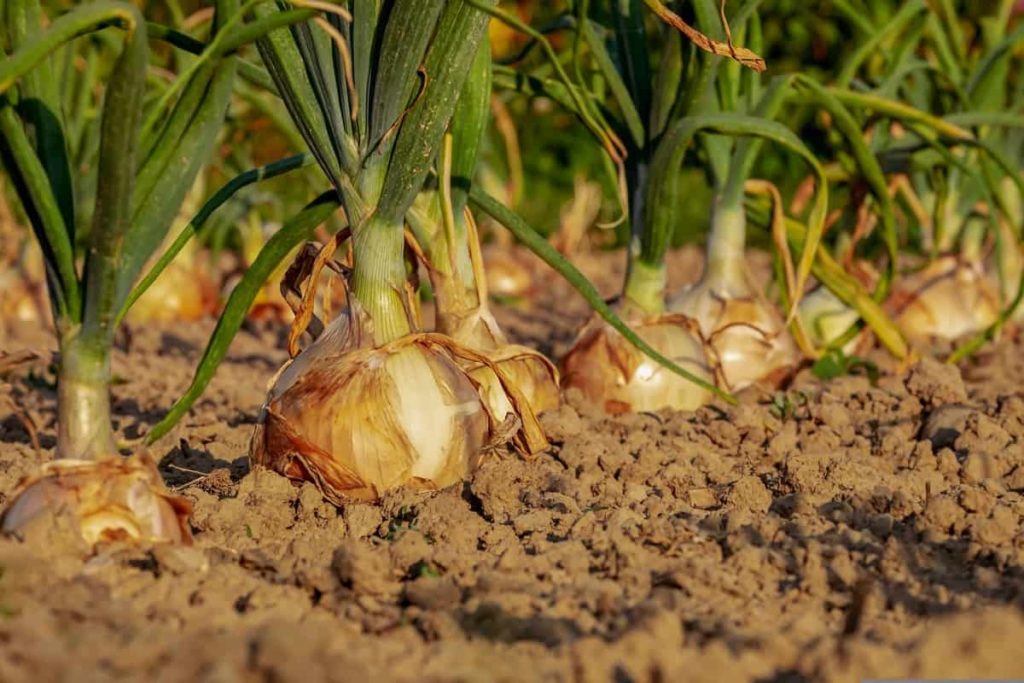
But this varies depending on where you go. The state’s western section rarely sees temperatures over the mid-80s, whereas the northeaster part often experiences low 90s. Summers in the state are notoriously hot and muggy. Compared to other years, it often doesn’t rain that much. Zones 5b and 6 are the only two that work in Ohio. Planting zones help gardeners choose the optimal locations for various plants and flowers. Plants’ ability to survive the winter in your zone depends on their location.
Planting zones serve a far larger purpose than just informing our plant choices. You can use them to better schedule your plantings as an added advantage. Average dates of the earliest and latest frosts in the United States are established based on planting zones. Plants that can survive in Ohio’s weather conditions should be prioritized. A person living in zone 5b, for instance, should only grow plants that are hardy in zones 1 through 5.
Each higher-risk zone increases the likelihood of a plant dying throughout the winter. Ohio’s rich, fertile soil is perfect for growing many plants and flowers. Wild geraniums, trout lilies, black-eyed Susans, butterfly weed, white trillium, and goldenrod are also viable possibilities. The humid environment of Ohio is ideal for growing vegetables, including beets, parsley, cauliflower, cabbage, carrots, onions, and parsnips.
How late can you plant tomatoes in Ohio?
Tomatoes need a warm, sunny spot and a lengthy growing season, so they are best planted as transplants in Ohio gardens. After the final day of spring frost, tomato seeds can be sown around May 20 in Ohio. Tomatoes can be planted a week or two ahead of schedule to “beat the season,” but extra precautions must be taken to keep the plants safe from frosts.
Tomato transplants should have stems approximately the thickness of a pencil, be straight, and be in good health. They should be free of insect pests and diseases and have four to six genuine leaves on young stems. Transplants in good health should recover fast from being moved to the garden.
In case you missed it: Best Practices to Grow Peanuts/Groundnut at Home: Check How this Guide Helps Beginners
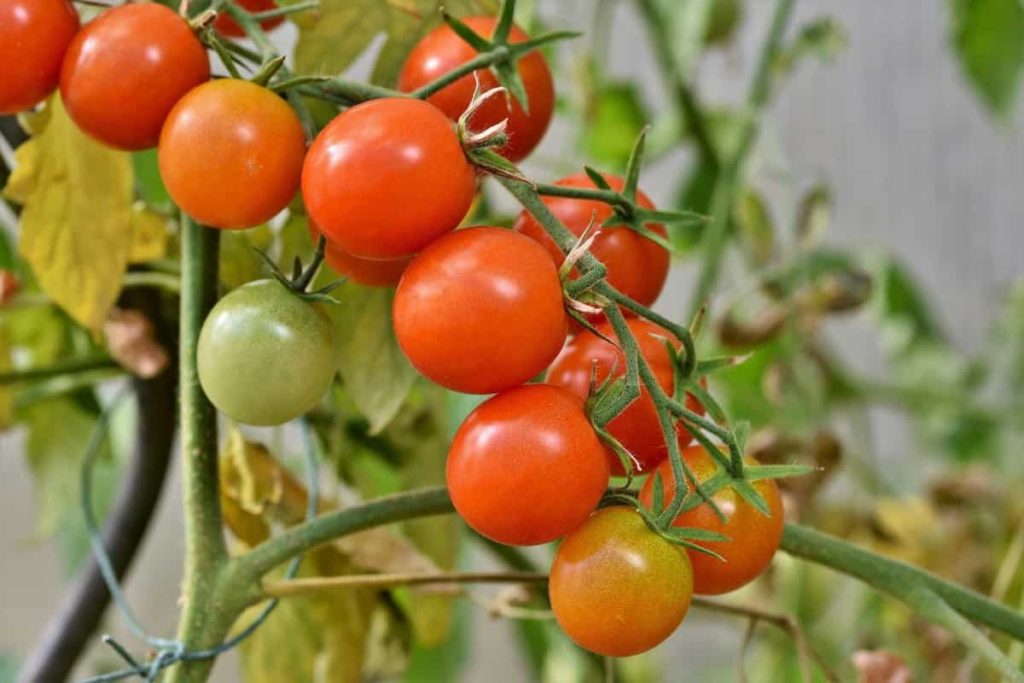
Conclusion
The sooner you begin planning your garden, the better, whether you want a small or huge crop. An organized garden can be a source of fresh, seasonal produce and medicinal herbs for your family all summer. Enjoy your gardening. If you live in the following counties, cities, towns in Ohio State in the USA, this article may help you to understand the Month-by-Month chart, Vegetable planting calendar along with seasons to grow different vegetables.
| Columbus | Centerville |
| Cleveland | Gallipolis |
| Cincinnati | Steubenville |
| Akron | Circleville |
| Dayton | New Albany |
| Toledo | Strongsville |
| Kent | Port Clinton |
| Youngstown | Piqua |
| Findlay | Stow |
| Chillicothe | Painesville |
| Mason | Maumee |
| Wooster | Reynoldsburg |
| Zanesville | Bellefontaine |
| Massillon | Pickerington |
| Lorain | Miamisburg |
| Marysville | Cuyahoga Falls |
| Mentor | Saint Clairsville |
| Westerville | Fairborn |
| Hilliard | Wadsworth |
| Elyria | Gahanna |
| Grove City | Huber Heights |
| North Canton | Springboro |
| Perrysburg | Central Ohio |
| New Philadelphia | Easteren Ohio |
| Washington Court House | Western Ohio |
| Coshocton | Southern Ohio |
| Ashtabula | Northern Ohio |
- Profitable Village Farming Business Ideas in 2024
- High-Yield Aquaculture: Fast-Growing Fish for Farming
- Effective Fish Pond Construction Techniques for Beginners
- Irrigation and Water Management in Pineapple Farming
- Blossom to Harvest: Mastering Flowering and Pollination in Papaya Farming
- Pig Fattening Essentials: From Selection to Sale for Beginners
- Raising Wagyu Cattle: A Complete Guide for Premium Beef Production
- Soil Types and Their Water Holding Capacity
- Optimizing Irrigation Schedules for Coconut Groves for Enhanced Yield
- Espresso Your Garden: Coffee Grounds for Healthier Acid-Loving Plants
- The Best Soil Mix for Snake Plants: How to Mix Your Own Snake Plant Soil
- Green Thumb Success: Expert Tips for Cultivating Greenhouse Beans All Year Round
- Bloom All Year Round: The Ultimate Guide to Indoor Hyacinth Care
- Eco-Friendly Gardening: How to Make Liquid Fertilizer from Kitchen Waste
- Ultimate Guide to Grow Anise in Pots: Explore Seed Propagation to Harvesting
- Guide to Raising Chester White Pigs: Discover Breed Facts to Growth Management
- Mastering the Elegance: The Ultimate Guide to Weeping Cherry Tree Care, Planting, and Maintenance
- Ultimate Guide to Planting Garlic in Grow Bags: Growing Strategies for Beginners
- How to Fix Spider Plant Leaf-Related Problems: Natural and Organic Remedies
- 10 Reasons Why Your Tulsi Plant is Shedding Leaves: Home Remedies and Solutions
- Optimizing Growth and Yield: The Advantages of Palm Bunch Ash Fertilizer
- Utilizing Neem Oil Extract as a Natural Pesticide for Hydrangea
- From Soil to Harvest: Various Ways in Which Farmers Can Use AI Tools
- Steps to Encourage and Induce Citrus Flowers: A Comprehensive Guide
- How to Fix Snake Plant Leaf-Related Issues: Natural and Organic Remedies
- Transform Your Garden into a Fragrant Oasis with Raat Ki Rani (Night Blooming Jasmine)
- Discover the Ideal Chicken Breeds for Philippine Farms
- How to Create a Poultry Egg Farm Business Plan for Profits
- Grow Lemon Cucumbers Like a Pro: Insider Techniques for Bountiful Yields
- Ultimate Guide to Caring for Your Pink Princess Philodendron: Tips for Thriving Variegation
- Areca Nut Profit Per Acre: Calculating Yield and Cost of Cultivation
- How Kaveri Chicken is Becoming a More Profitable Breed in Indian Backyards
- Transform Your Barn: 9 Steps to Convert a Horse Stall into a Chicken Coop
- Exploring Suffolk Sheep Disadvantages with Limitations and Challenges
- Guide to Solving Potted Lemon Tree Problems: How to Revive Lemon Tree in Containers
- Steps to Encourage Female Pumpkin Flowers: Best Strategies for More Flowers and High Yields
